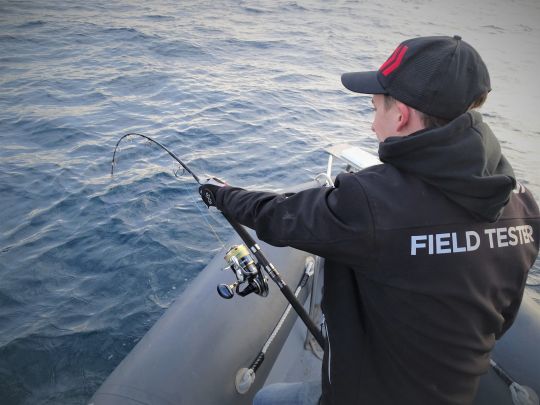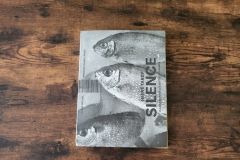The author
This English-born author is known as the pioneer of ethnological thrillers. Although born in England, Upfield crossed the globe to settle in Australia (a former British penal colony). This continent is the setting for most of his novels, particularly his thrillers. Swordfish Reef is part of a series of detective novels whose hero is Napoléon Bonaparte, a policeman of mixed race (his mother is Aboriginal, his father English), a distinguished man with a degree in criminology and a sense of humor. Bony was a recurring character in Upfield's novels between 1920 and 1960.
The story
The inhabitants of the small town of Bermagui, located at the mouth of the river of the same name, live a peaceful life in the province of South Wales. The town's main activity is angling for large specimens. The town became famous for this activity in the 1930s, thanks to the American writer and angler Zane Grey. The latter is an emblematic figure of big-game fishing, and Upfield refers to him several times in this book. Every day is the same in Bermagui: small boats leave the harbor in search of trophy fish such as marlin, tuna, swordfish and sometimes even shark. All goes well until the day the "Do-me", Bill Spinks' boat, mysteriously disappears at sea.

The local police took charge of the investigation, but despite numerous searches by other boats in the harbor near the swordfish reef, there was no trace of the boat or its occupants! A few days later, a trawler found a man's head in its nets, perforated by several bullets. It was Ericsson, the customer of the "Do-Me". It's an embarrassment for a town whose economy is essentially based on angling for large specimens... It's at this point that investigator Napoléon Bonaparte arrives in Bermagui with the ambition of settling the case as quickly as possible and with the utmost discretion. To this end, he poses as a client whose aim is to discover deep-sea fishing! He hires the sailors of the "Marlin", Wilton and Joe, to go after the biggest specimens.
Beautiful descriptions of big-game fishing sessions
Upfield takes the time to describe the maritime environment and, above all, deep-sea fishing in the mid-1930s, when he wrote his book. I can assure you that there's never a dull moment, as evidenced by these few lines where Bony and the crew set out to try and catch a swordfish: "Bony saw an elephantine maw engulf the fish. The water swirled gently but showed neither body nor tail. The bait disappeared and the reel began to play a strident note [...] Tighten it up, Bony! Tighten it now! He shouted. You probably won't get it, but anyway, that's what you get if you miss your line." The reels scream and Napoleon breaks records... Upfield knows how to keep us on the edge of our seats, using both narrative and dialogue! In the course of his investigation, Bony encounters the people of Bermagui and their way of life, and immerses himself in this peaceful town in order to trace the mysterious disappearance of the boat, because, according to Mrs. Spinks, her son Bill, owner of the "Do-me", is not dead.

But where are these sailors? That's the question Bony will be asking the locals during his stay. During the three weeks he spends deep-sea fishing, he tries to solve the mystery. He meets a gentleman by the name of Mr. Rockaway. The meeting takes place during a storm. A storm prevents the "Marlin" from reaching Bermagui, and the boat's occupants are forced to take shelter in a nearby bay, Wapengo Inlet, where the Rockaway father and daughter and their servants live. Upfield introduces us to numerous characters, all of whom may have sunk the "Do-Me", so which of them is the culprit?
How will Bony solve his investigation? You'll find out when you read Le récif aux espadons. I should point out that this book is no longer published, but it is still available in bookshops and on the Internet at very affordable prices. To conclude the presentation of this book and give you a little more incentive to read it, I should point out that this story is based on a true story that took place in Australia in 1880.









